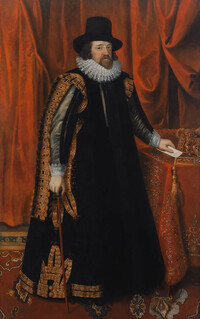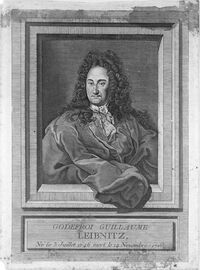Gottfried Wilhelm Leibniz invents the binary system
|
1703 Gottfried Wilhelm Leibniz (1 July 1646 – 14 November 1716) was a German philosopher and mathematician. In the 17th century Gottfried Leibniz documented the binary number system in his article Explication de l'Arithmétique Binaire. Leibniz's system used the symbols 0 and 1, as with the modern binary number system. Leibniz explains his system as follows: The ordinary reckoning of arithmetic is done according to the progression of tens. Ten characters are used, which are 0, 1, 2, 3, 4, 5, 6, 7, 8, 9, which signify zero, one, and the successive numbers up to nine inclusively. And then, when reaching ten, one starts again, writing ten by "10", ten times ten, or a hundred, by "100", ten times a hundred, or a thousand, by "1000", ten times a thousand by "10000", and so on. But instead of the progression of tens, I have for many years used the simplest progression of all, which proceeds by twos ... Thus I use no other characters in it bar 0 and 1, and when reaching two, I start again. This is why two is here expressed by "10", and two times two, or four, by "100", two times four, or eight, by "1000", two times eight, or sixteen, by "10000", and so on. Leibniz's binary system provides the foundation of nearly all modern computer architectures. Related information:
Image:
Related Items in the Collection:
|
Click on the Images For Detail
|























